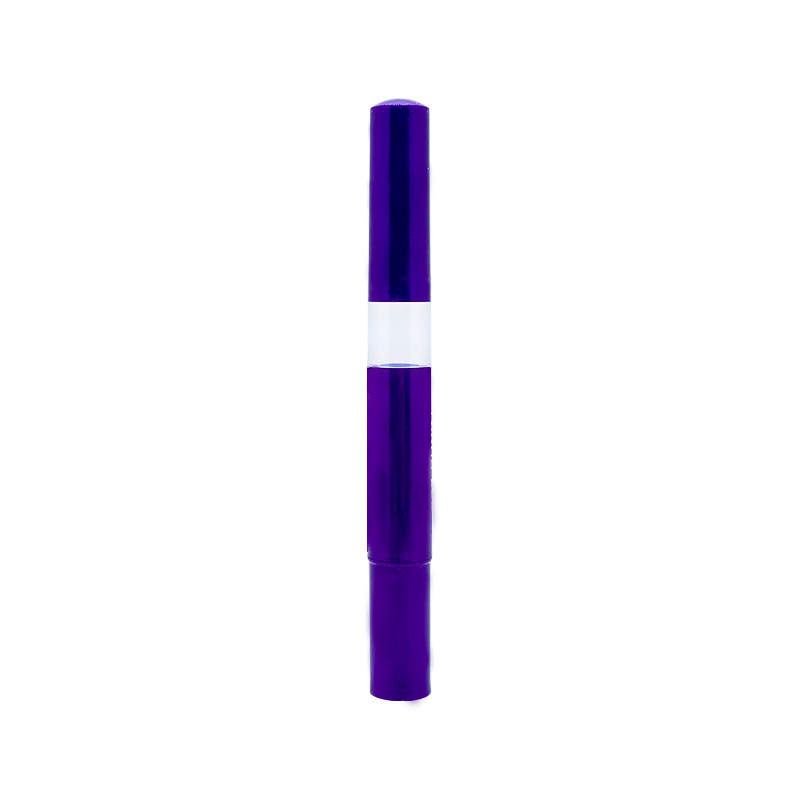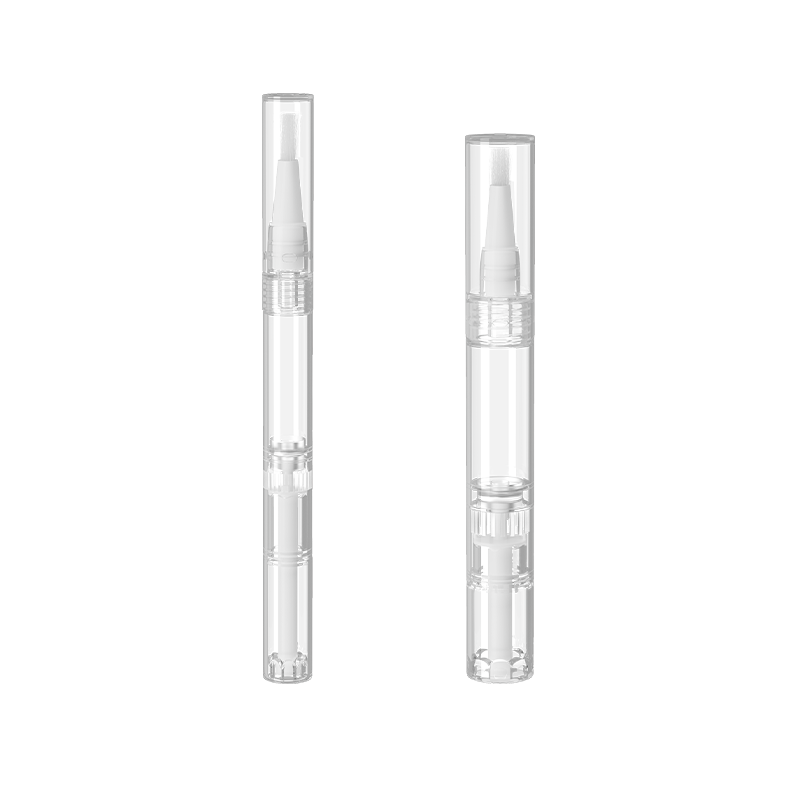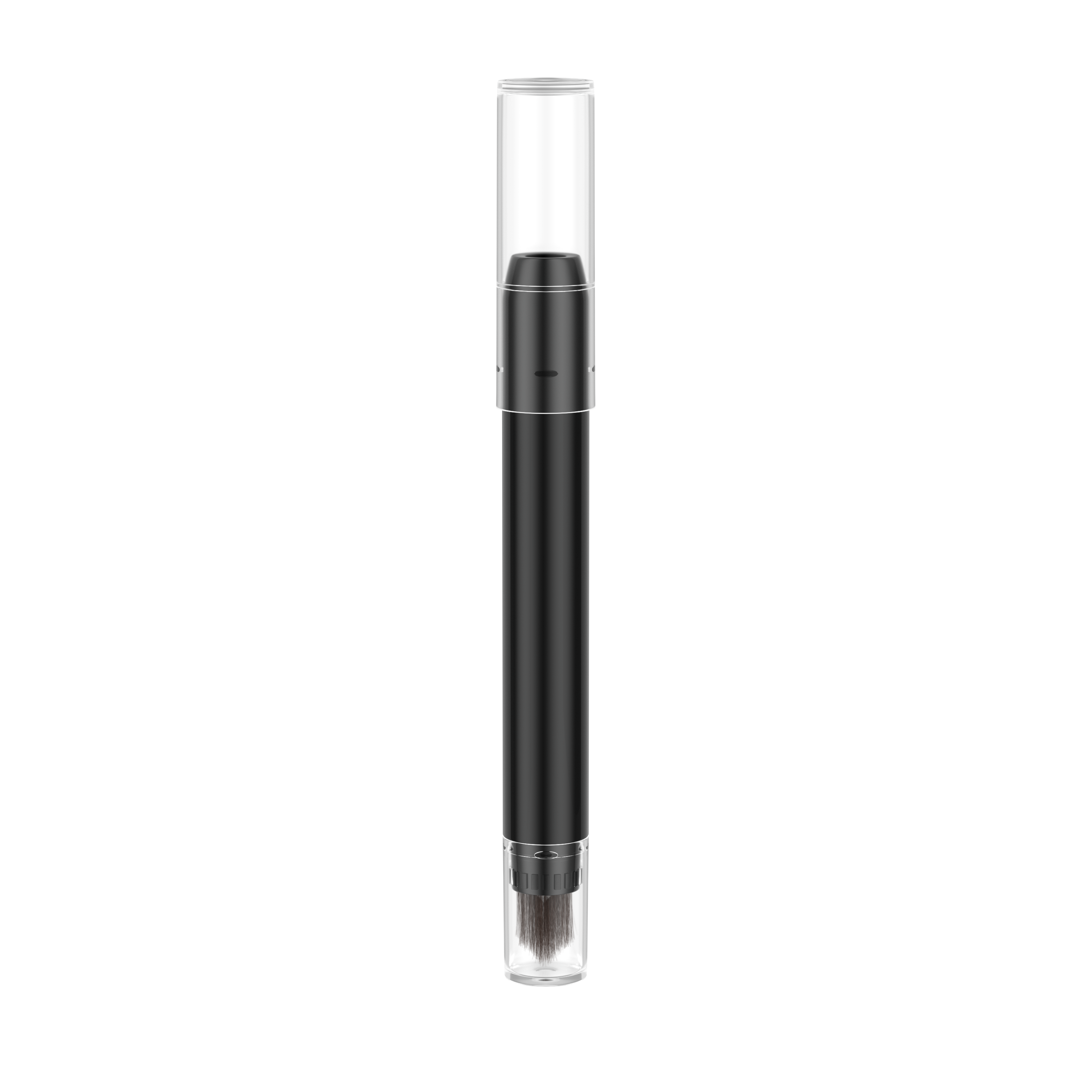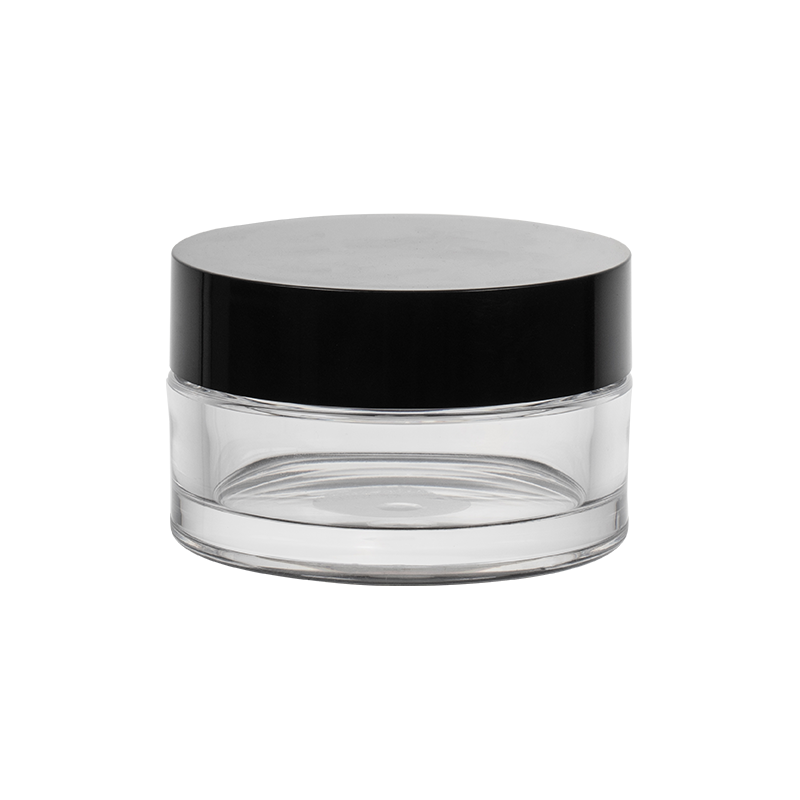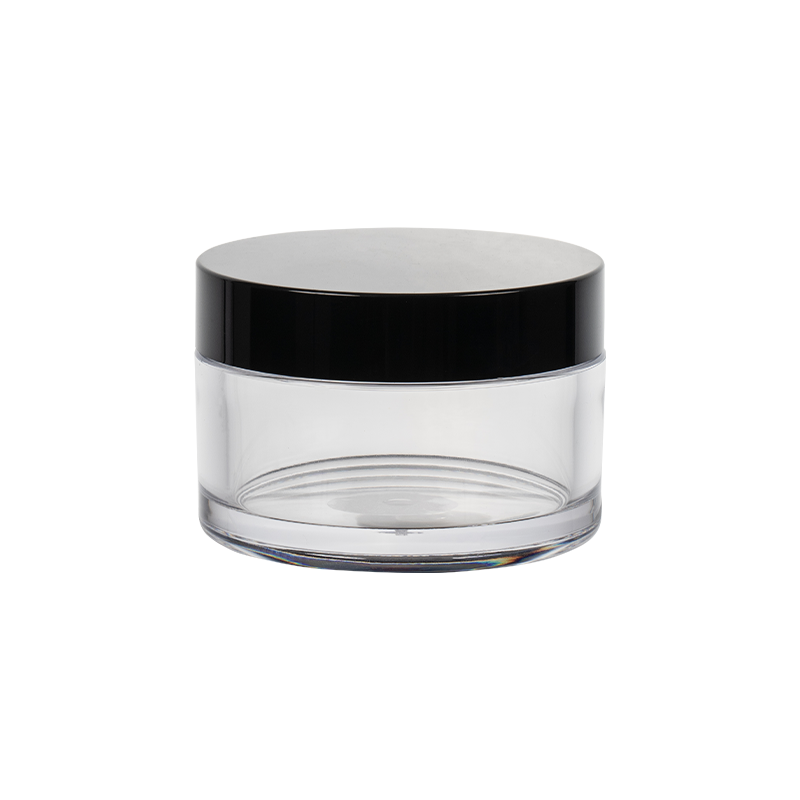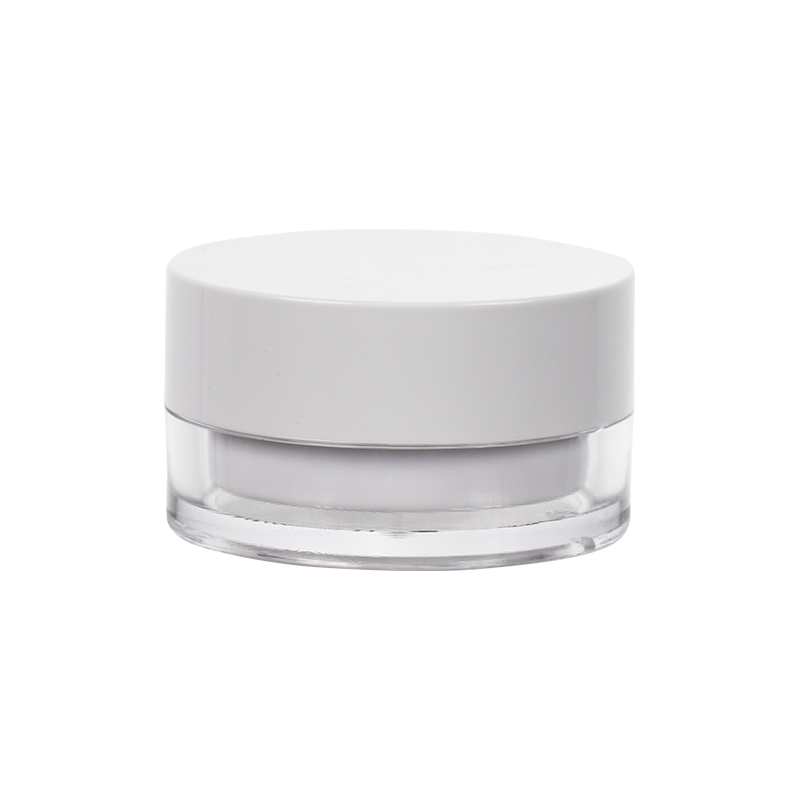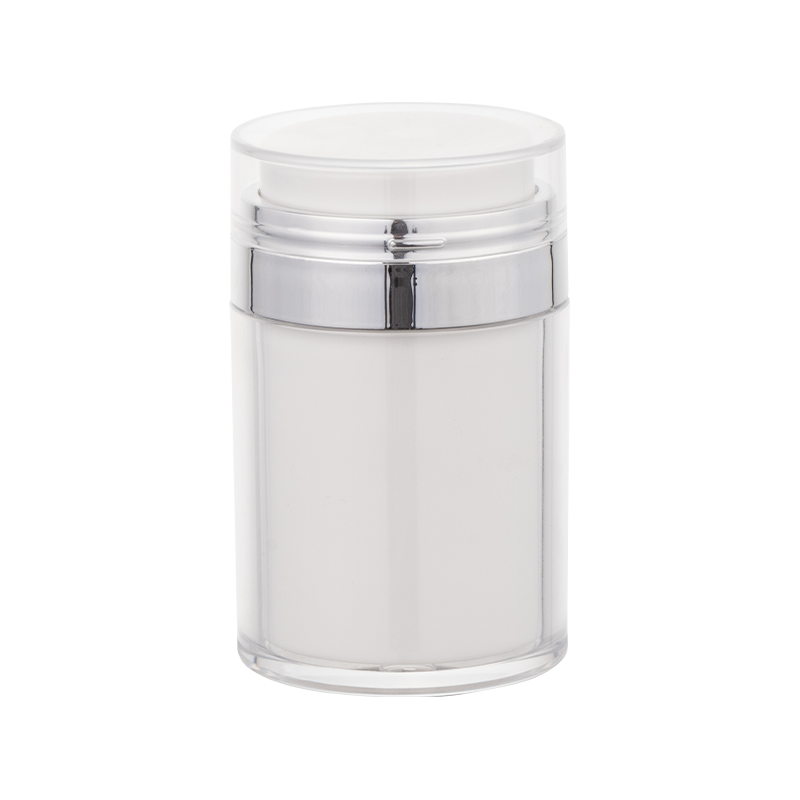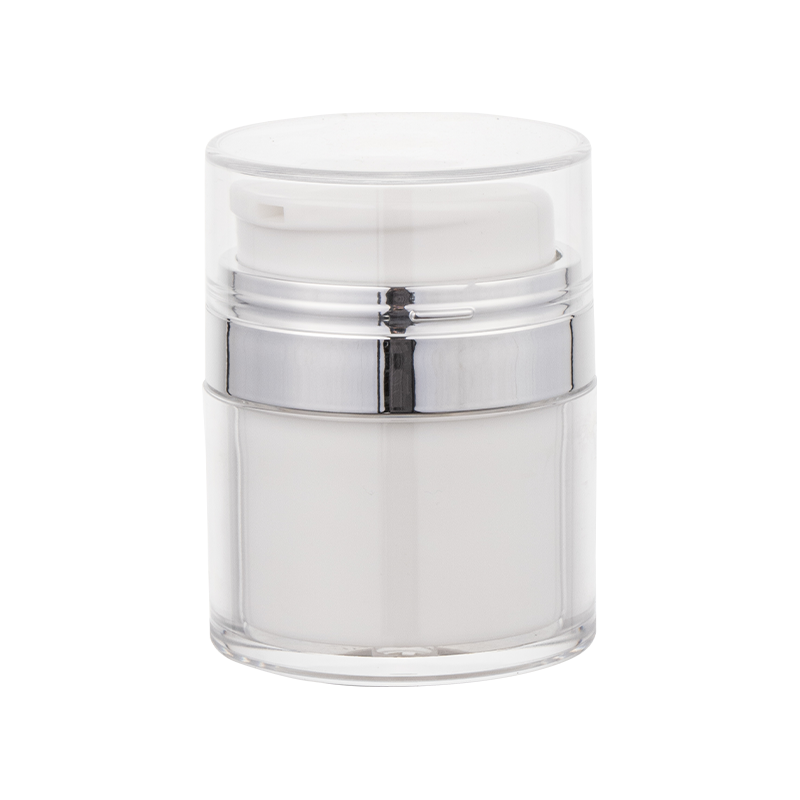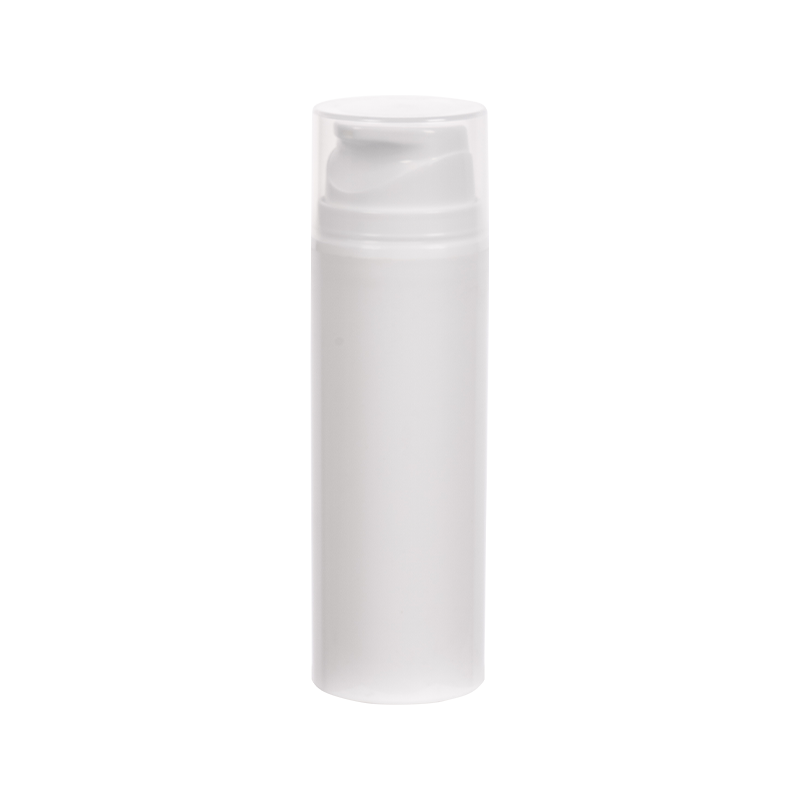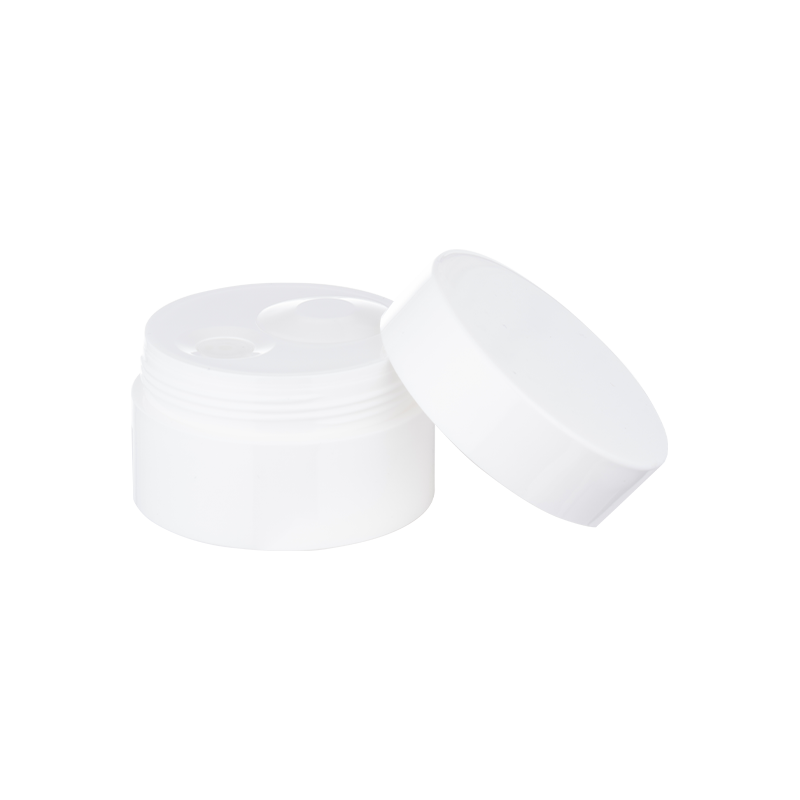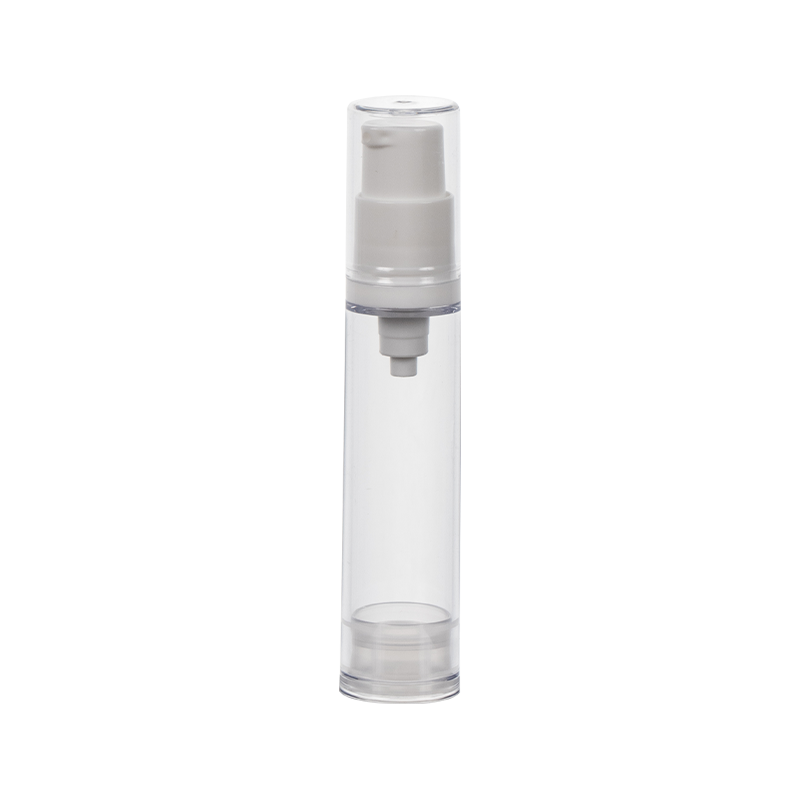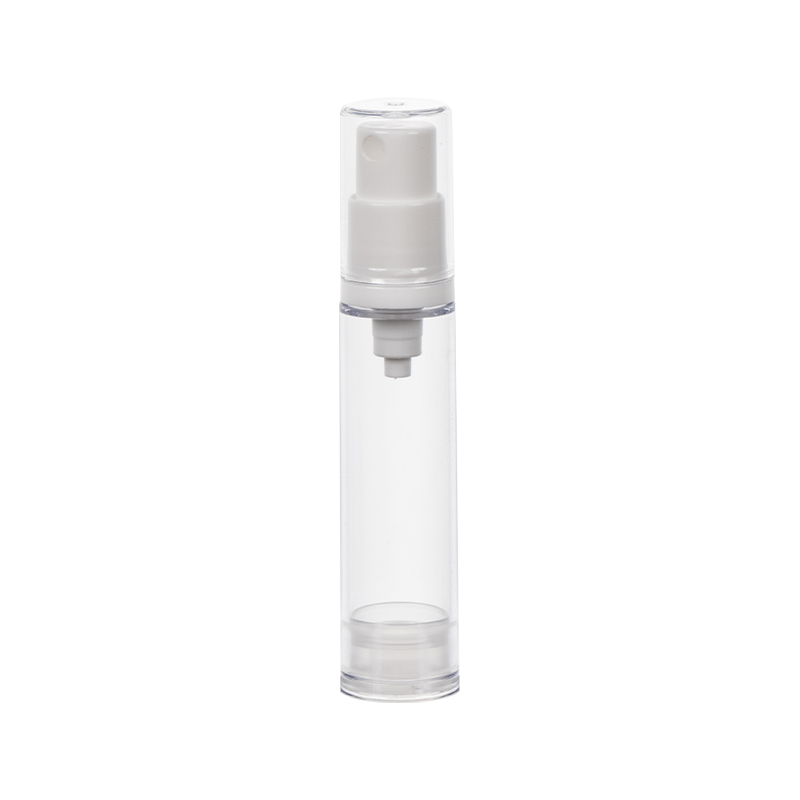What are the common materials used for cosmetic bottles?
Sep 19, 2025
Common Cosmetic Bottle Materials
1. Glass: Glass bottles offer high transparency and a premium feel. They effectively block light and oxygen, protecting light-sensitive formulations like serums and perfumes. They are commonly used in high-end skincare and fragrance products.
2. Plastic: Plastic represents the largest packaging material market share and comes in a wide variety. Common plastics include PP, PE, PET, ABS, AS, and acrylic. These plastics offer lightweight, impact-resistant, transparent or translucent properties, making them suitable for a variety of dosage forms, including lotions, serums, and creams.
3. Metal: Metal (primarily aluminum) is commonly used in tubes or spray packaging. Its strong barrier properties enhance the product's ability to protect against moisture and oxygen, making it suitable for high-end makeup and essential oils.
4. Hose/Composite Materials: Hose (single-layer, double-layer, and five-layer) and hose + metal composite packaging offer exceptional permeation and pressure resistance. They are commonly used for formulations requiring high barrier properties, such as sunscreens and creams.
How should I properly open, close, and store the packaging to prevent leakage or contamination?
Properly open, close, and store to prevent leakage or contamination.
1. Pre-opening preparation: Always wash your hands before use or use a dedicated sampling stick to avoid direct contact between hand oils and sweat and the product in the bottle to prevent secondary contamination.
2. Closing tips: Immediately tighten or snap the cap after each use to ensure the seal is fully seated. If the bottle cap is designed with a leak-proof structure (such as a drip-proof pump head), check its elasticity to prevent leakage.
3. Storage environment: Store opened bottles in a cool, dry environment between 10 and 30°C. Avoid high temperatures, direct sunlight, and humid bathrooms to prevent the ingredients from decomposing or causing mold.
4. Contamination prevention tips: Do not pour excess product back into the bottle. Regularly wipe the bottle cap with a clean tissue or cotton swab to prevent residual liquid from crystallizing and becoming a breeding ground for bacteria. Avoid sharing with others, especially eye and lip products.


 English
English 中文简体
中文简体